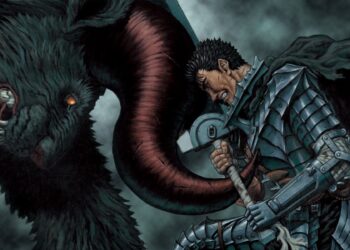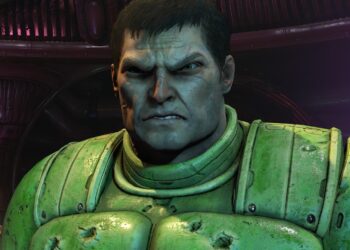Demystifying TFT: 4-Star Champions, Losing Streaks, and Domination Strategies
Teamfight Tactics (TFT) is an autobattler game. It can be addictive. You assemble a team and watch them fight. But sometimes you lose. You might wonder about 4-star units, losing streaks, or how to climb the ranks. This guide aims to answer your questions and help you turn defeats into victories.
Unlocking the Legendary 4-Star Champion in TFT
Have you seen a four-star unit? Did you think if you missed a secret of TFT? You’re not alone. The truth is, getting a 4-star champion is not the usual upgrade path. Forget combining nine 3-star units; that’s not how it works. Four-star champions are rare in TFT.
So, how do you obtain one? The path to a 4-star champion involves Augments and Anomalies. These features can change TFT rules in exciting ways. Watch out for Augments or Anomalies that help upgrade units to 4 stars. These will be your tickets to a legendary champion.
A notable way to get a guaranteed 4-star champion is picking Jhin as your Headliner. Selecting Jhin guarantees a 4-star version. Just imagine unleashing a 4-star Jhin on the battlefield. This situation shows how specific Headliners can provide game-changing advantages. It’s an exhilarating moment.
Why the Losing Streak? Decoding TFT Defeats
Losing in TFT feels like stubbing your toe repeatedly. It’s frustrating and you ponder “What am I doing wrong?” There’s no single answer for wins, but knowing common mistakes can improve your game. Let’s explore potential reasons for those losing streaks.
A big culprit could be economy mismanagement. TFT is about smart economics and champion synergy. Are you spending gold too early? Are you missing interest breakpoints? Managing your gold for maximum interest is vital. Treat your gold as vital for your strategy; waste it, and your comp will suffer.
Another issue is weak compositions. Are you forcing a comp that doesn’t fit your units and items? Sometimes, the game has other plans. Trying to fit units in bad comps will lead to failure. Knowing meta compositions is helpful, but being adaptable is even more critical.
Inflexibility also leads to mistakes. TFT is dynamic. The best players shift strategies based on carousels and opponent comps. Sticking rigidly to one plan, no matter what the game throws, will lead to poor performance. Embrace chaos and adapt!
Lastly, don’t ignore positioning. Even strong comps can fail if positioned poorly. Are your carries open to assassins? Does your frontline die too quickly? Positioning is crucial. Mastering it can mean the difference between a decent finish and a bad exit. Watch opponents’ placements and adjust yours.
Becoming a TFT Powerhouse: Strategies for Domination
Want to make opponents cry into their keyboards? Getting strong in TFT requires skill, strategy, and adaptability. Here’s how to elevate your game from weak to powerful.
Firstly, embrace flexibility. TFT rewards adaptability. Don’t commit to one strategy before the game starts. Go in with an open mind and possible compositions. Analyze early-game units and items, and let them guide you. More comfort in pivoting means a higher chance of success.
Next, learn the meta. TFT evolves constantly. Each patch brings balance changes and new champions. Staying informed about the meta is crucial. What comps are powerful? Which units excel? Understanding the meta aids informed decisions but does not mean blindly copying others.
Mastering economy management is essential for high-level play. Learn when to level or roll. Good economy management lets you gain an advantage and reach higher levels faster. Think of gold management as power for your TFT strategy.
Finally, improve your positioning prowess. Experiment with formations and learn which setups work best against common strategies. Positioning is a learning curve. Analyze losses, pinpoint mistakes, and refine placements. Small positioning tweaks can cause big shifts in combat results.
The Lifespan of a TFT Set: A Seasonal Journey
TFT sets are like seasons of a TV show. They bring new themes, characters, and mechanics. But how long do they last? Knowing the lifecycle of a set helps you plan and anticipate new content.
Usually, a TFT set lasts several months. The exact duration varies but typically runs for three to four months. This timeframe lets you explore champions, compositions, and climb the ranks.
Before a new set releases, there’s typically a testing phase, known as PBE (Public Beta Environment). This phase helps developers gather feedback, balance the game, and fix any issues before launch. Testing lasts a couple of weeks, providing players a preview of the upcoming set. Watch for PBE announcements to impress friends with new strategies.
Now you have answers to common TFT questions. Go forth, tactician, equipped with new knowledge, and conquer the Convergence! May long winning streaks follow you. Remember, even after defeat, there’s always the next game to show your skill against opponents.










